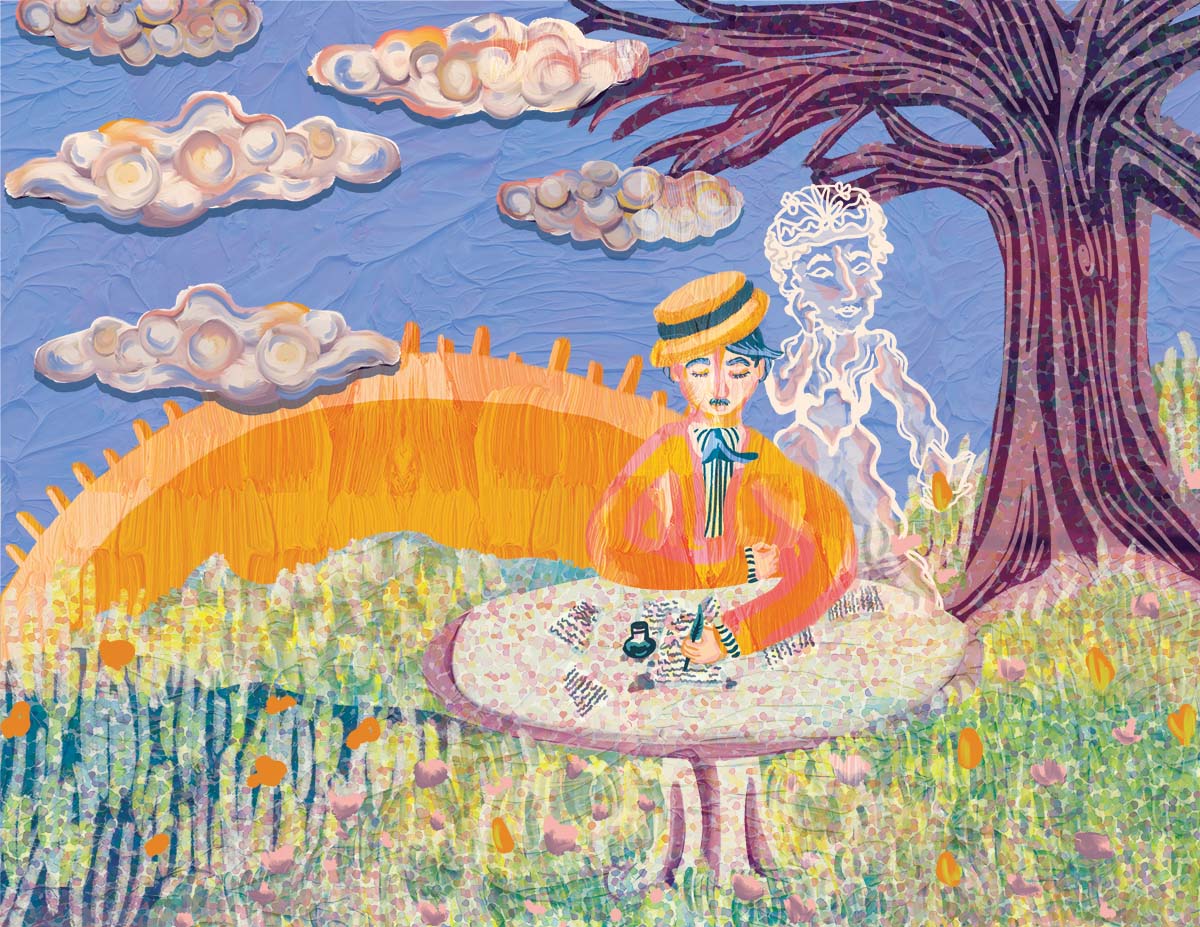How the depictions of women in classic literature perpetuate harmful stereotypes that persist today
John Steinbeck, J.D. Salinger, F. Scott Fitzgerald. You don’t have to be an English buff to recognize these prominent names in classic literature. These authors have written some of the most highly acclaimed novels, contributing tales heralded as timeless that still permeate the fabric of academia today. Their work has been coated in gold on account of their many accolades, rendering their words in certain circles as immortal, unchanging — which can be dangerous. This is especially true concerning outdated stereotypes of women in these books, which were written by men roughly eighty years ago. These stereotypes uphold archaic ideas of women like a massive golden statue that towers over modern women. These female figures stay the same while the world changes around them. Singer-songwriter, Jhené Aiko, said it best: “if everything is dipped in gold, then baby it will never grow.”
The inaccurate depictions of women in classic literature might not be so alarming if it wasn’t for the surviving stereotypes that actively challenge women to this day. Of Mice and Men by John Steinbeck is a world-famous novella taught in nearly every high school English class. The themes of racism and misogyny are not the main focal points of the tale but may very well rest in the subliminal consciousness of its readers. The way Steinbeck writes Curley’s wife is comparable to how individuals on social media, news platforms and podcasts have spoken about countless sexual assault victims. The wife is described as being dolled up to provoke male attention, and she is all-too inclined to give men “the eye.” The story ends with one of the male characters murdering her by snapping her neck, with the witnessing men instinctively attaching blame to the wife, the victim, despite her repeated protest. Looking over her frail, helpless body they shoot her a final sneer: “You God damn tramp […] you done it.” Of course, the circumstances are not a direct reflection of how we respond to sexual assault victims today, however it does feel eerily familiar to the accursed response of “Well, what was she wearing?” that is heard far too often in the media.
The Catcher in the Rye, the cult classic written by J.D. Salinger, is another example of how beautifully written classics can perpetuate misogynistic undertones on account of their notoriety. The main character, Holden Caulfield, has a view of women so sexist it rivals that of American Psycho’s Patrick Bateman — satire excluded. Every woman he encounters is subjected to his sexuality, and he quickly analyzes all the ways in which women are ridiculous, attractive (or not), and thus he concludes how much value she has. Even his ideal love interest Jane Gallagher is not exempt from his stringent criticism, despite Holden’s alleged respect for her. He overtly affirms his belief that “most girls are so dumb and all,” but it seems intelligence is not much of a substantial factor in his pursuit of women. His ultimate concern with women is as deep as a teaspoon; he is a self-proclaimed “sex maniac” who does not even need to like the women he “courts,” to put it politely.
Not all representations of women are as vulgar, name-calling or carnal in nature as Salinger and Steinbeck illustrate. F. Scott Fitzgerald’s opulent classic The Great Gatsby characterizes a more subtle but equally offensive stereotype. Tom Buchanan, the burly and violent elitist, has two love interests. His wife, the soft-spoken and romantic Daisy, and his mistress, the seductive and provocative Myrtle. These two women are emblematic of what we know today as the “madonna-whore complex.” Daisy and Myrtle serve as foil characters, complete opposites that promote a binary archetype that women fall into. While one represents the “ideal” female form to be virginal, innocent and docile, the other represents the fallen woman. She embodies loose morality, temptation and impurity. The greater implications of these stereotypes is that it revokes women’s personhood, confining them to negative or weak impressions.
I am in no way condemning classic literature for not passing the Bechdel Test. This feminist criteria for proper representation of women in fiction is about 10 social eons ahead of these early 20th century texts. It would be irrational to judge historical authors based on standards developed nearly a century after their making. I do, however, believe it is imperative to critique the ideas perpetuated in the literature that we read, especially when they are being assigned to impressionable minds in high school and college. With the right analysis of these outdated themes, we can remove the harm of these representations and turn them into a useful learning tool.
Visuals courtesy Madeline Schmidt




